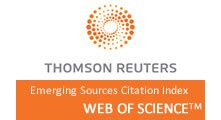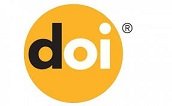A Multiple Case Study: What Happens in Peer Tutoring of Calculus Studies?
1472
3837
Abstract
This study aims to investigate the properties of peer tutoring of first year engineering students on a Calculus-I course. Five dyads are constructed with different properties, and eight volunteer students. The students met regularly and studied calculus together for two months in technology-rich classrooms. To identify the properties and structure of the peer dyads, a multiple case study was conducted. Data was gathered through transcribed video recordings, and two themes (tutor-tutee relationship and teaching mathematics) were constructed in order to analyze the data. The success of the dyads depends on many variables such as structure of the tutoring, previous mathematical knowledge of the tutor, the way of teaching, questions types, and how feedback is provided. According to analysis, tutors and tutees have three kinds of relationships that are dependent on the skills of the tutors and the personality of the peers. These are interdependent to each other, scaffolding one another, and tutoring. Most students were good at mathematics, but tutors experienced some problems explaining why mathematical statements were true or false. Only two students demonstrated conceptual knowledge, with others emphasizing procedural and computational knowledge.
Full Text:
PDFReferences
Boz Yaman, B. (2019). A multiple case study: What happens in peer tutoring of calculus studies? International Journal of Education in Mathematics, Science and Technology (IJEMST), 7(1), 53-72. DOI:10.18404/ijemst.328336
Refbacks
- There are currently no refbacks.
Copyright (c) 2019 International Journal of Education in Mathematics, Science and Technology







International Journal of Education in Mathematics, Science and Technology (IJEMST)

This work is licensed under a Creative Commons Attribution-NonCommercial-ShareAlike 4.0 International License.
ISSN: 2147-611X (Online)
